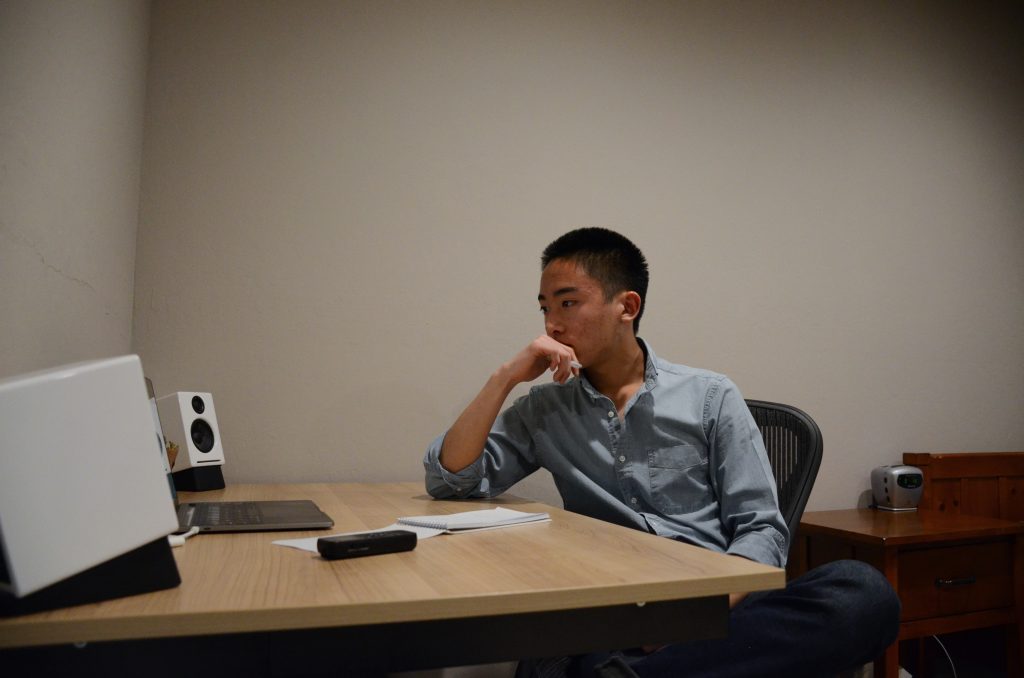Lost, confused and worn out. These are words everyone can relate to in the tough times of the COVID-19 pandemic, and student journalists are far from exempt to these feelings. Day in and day out, it gets harder to contact, write and publish. However, journalists like Tomoki Chien of Midpeninsula Post and Erin Kim of Ink see a challenge – and more so, opportunity.
“I was still writing for The Talon when the coronavirus hit,” Chien, a junior at Los Altos High School, said. “I turned to my friend, and was like, ‘Dude, if we cover this [the pandemic] right, this can be the best thing that’s happened for the newspaper since it started.’”
After a few months of reporting during the pandemic with The Talon, his school-based publication, Chien decided that he wanted to start his own publication and report on a new platform with his fellow student reporters.
Chien is one of few high schoolers who have created a publication during the pandemic. Each publication has faced unique challenges in addition to dealing with the usual technicalities of building a publication from the ground up. From informing the community on coronavirus-related topics to simply providing a means of enjoyment for those stuck at home due to shelter-in-place orders, publications like Midpeninsula Post, Z Magazine and Ink have risen to the occasion in the pandemic.
Midpeninsula Post
Chien co-founded the Midpeninsula Post, Bay Area’s student-run digital news source, with six other journalists from The Talon in October 2020. They ran their first story in November and have since been providing COVID updates, features and news stories for their readership.
Normally, student publications are associated with a school, but Midpeninsula Post is independently run. This allows the publication to be a regional paper that brings together journalists from Mountain View, Los Altos and Palo Alto.
“I think local news is often more relevant to high schoolers than big national stories are, but local publications that are covering local news don’t target high schoolers, because high schoolers don’t donate, and nobody wants to advertise [to] high schoolers,” Chien said. “So the idea is, why don’t we kind of get together the best student journalists in the area, and provide local news in a really reliable way.”
If we cover this [the pandemic] right, this can be the best thing that’s happened for the newspaper since it started.”
—Tomoki Chien, Midpeninsula Post editor-in-chief
Midpeninsula Post quickly got to work writing stories that appealed specifically to their high school audience.
“Coronavirus guidelines and school reopenings — I think that’s something that high schoolers care about a lot,” Chien said. “So that’s kind of what a large portion of our coverage is.”
View this post on Instagram
With school shut down and in-person interaction put on hold in the early stages of the publication, Midpeninsula Post has had a hard time finding journalists to join their staff; as a result, Chien has resorted to some unorthodox ways of getting people to join.
“One of our best reporters … is somebody we just cold-called,” Chien said. “We just sent her a DM [direct message] … and she joined us.”
Z Magazine
“I created the magazine as a way to amplify teen voices and emerging creators and give them an opportunity to be featured and appreciated,” sophomore and Editor-in-Chief of Z Magazine Caroline Zhang said.
Zhang created Z magazine as an arts and culture magazine for “Gen Z.” Zhang understands how hard it can be for writers and artists to receive recognition and publicity for their talents, and it has only become harder in the midst of a pandemic.
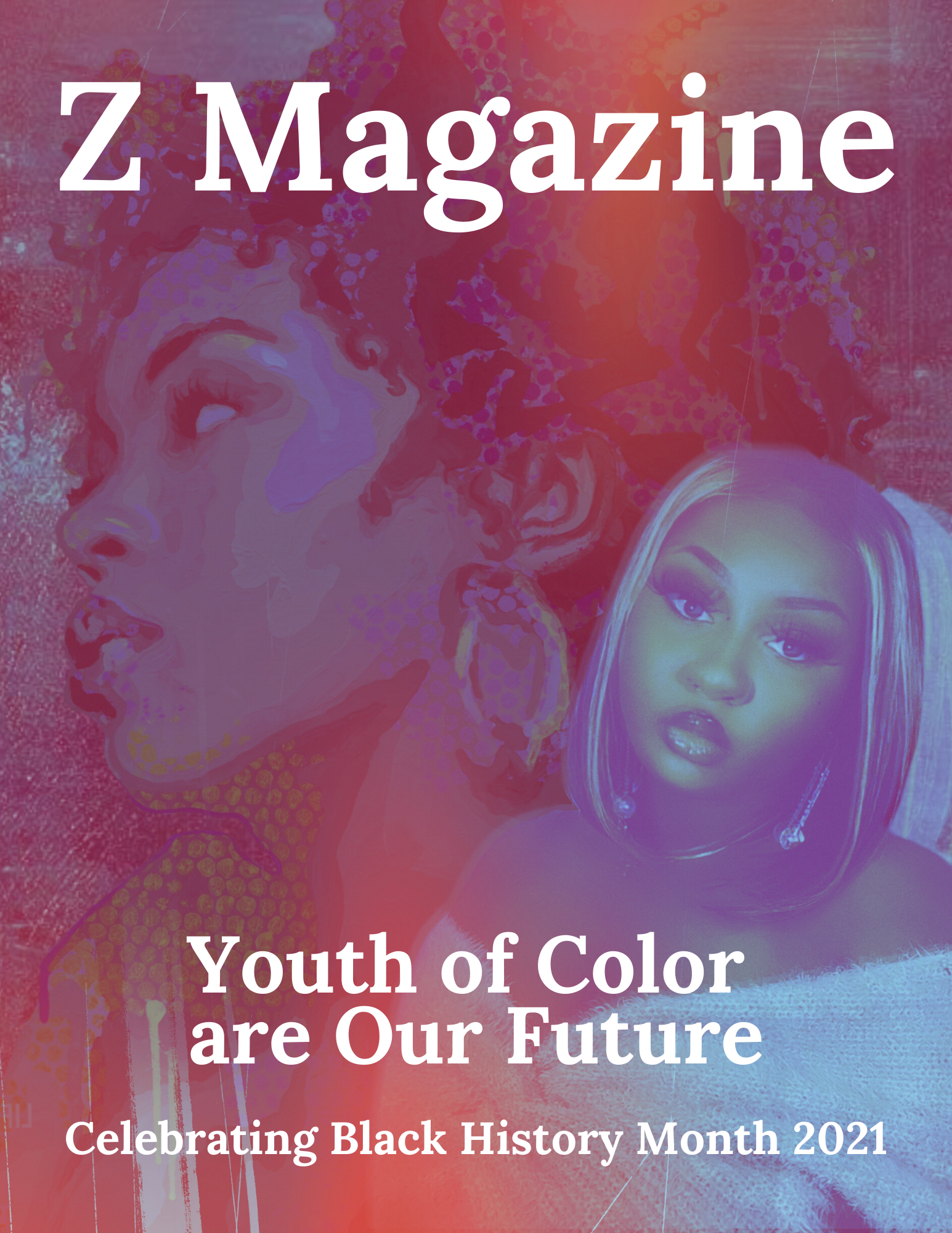 |
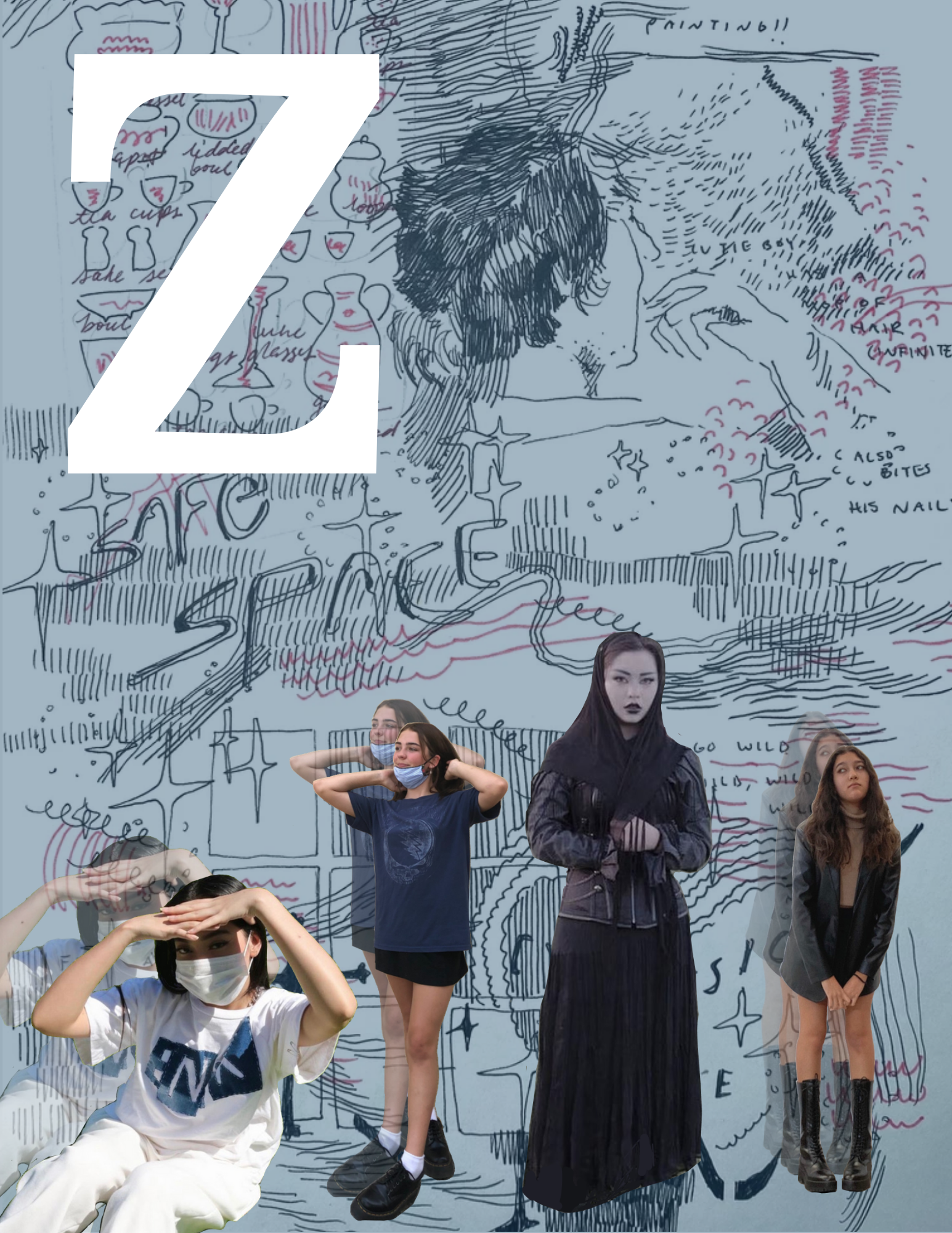 |
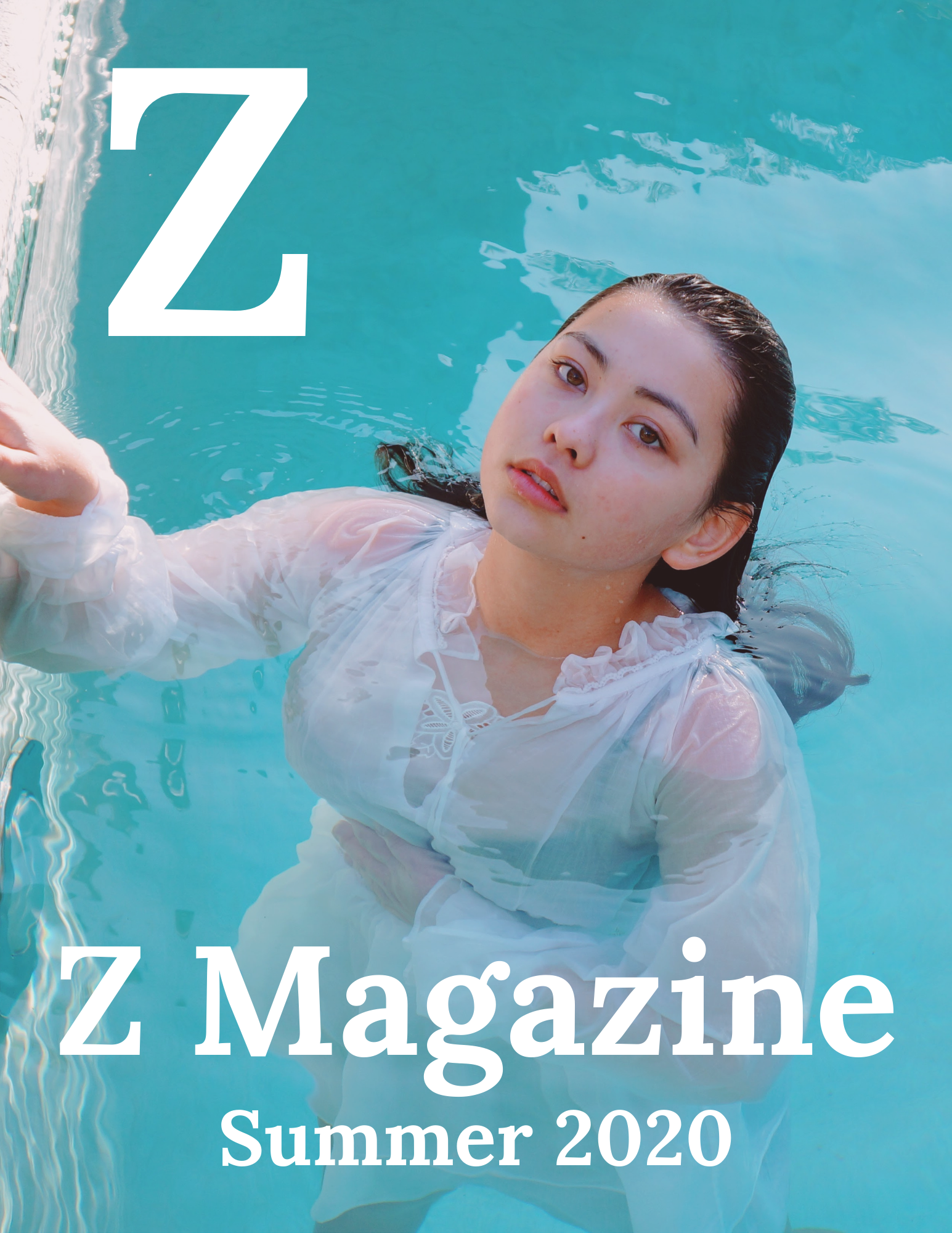 |
DECKED-OUT DESIGNS — In their first issues, Z Magazine celebrates Black History Month (left), youth activism (center) and Gen Z creators (right). “We released our first issue once the shelter in place was already set, and because of this, all of our issues are completely digital,” said Caroline Zhang, editor-in-chief of Z Magazine. Photos: Caroline Zhang
“I’ve submitted a lot of my art to competitions, and also to open calls, but my work has never actually been accepted,” Zhang said.
Because of this, Zhang decided to create a magazine with a group of friends to feature teen artists who have seldom been published.
The staff of Z Magazine decides on a theme for each issue, which directs their content for the following months. Sophomore and Z Magazine Editor Vivan Trach says the “Black History Month” theme for their February issue was one of her favorites.
“We had an artist who started drawing mostly Black women because she felt like they are always portrayed as having an edgy vibe, and she was like, ‘Well, Black women can be cute, we can be fairies, we can be anything we want,’” Trach said.
The art provided Trach with a new perspective on women of color in media and brought a colorful, lively spread to the magazine. These unique, diverse takes on a larger theme is one reason Z Magazine believes submission-based journalism is a great way to tell stories.
“Instead of opening certain doors for certain people, it’s more like opening the door and whoever comes in is welcome in,” Trach said.
Ink
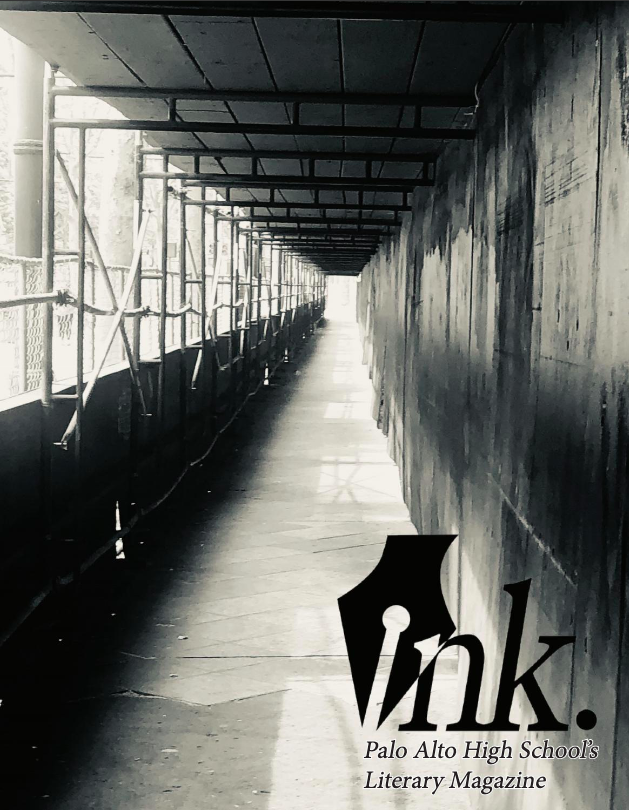
“My friend approached me with the idea of making a literary magazine, so we went and talked to Kandell [a Paly journalism adviser] about starting it [Ink] through Incubator,” junior Erin Kim, Editor-in-Chief of Ink, said. “We actually figured it wasn’t going to happen because of COVID, but it turns out enough people are interested in it, so we managed to make it.”
In the incubator, a Palo Alto High School class where student journalists can create their own publications, Kim and junior William Rumelhart set up Ink as a submission-based magazine, similar to Z Magazine. But unlike Z Magazine and other publications at Paly, Ink focuses its content on literature. Kim and Rumelhart are the only two members of the Ink staff and created the publication at the start of the school year.
“Our main goal [on Ink] was to source works in the greater Paly community, and make sure that every student can have a representative voice,” Kim said.
Over the course of last semester, the editors have asked Paly teachers to tell their students about the opportunity of featuring on Ink.
Our main goal, was to source works from the greater Paly community, and make sure that every student can have a representative voice.”
— Erin Kim, Ink editor-in-chief
“Since it’s not limited to just staff from the incubator, quite literally anybody from Paly is welcome to submit whatever they want, whether it be artwork or poetry or fiction, nonfiction,” Kim said.
Ink published its first issue on Dec. 20., featuring six poems and five pieces of fiction, each paired with art and eloquent designs, but that could not have been done without the hard work of Ink’s editors.
“We [the editors] split a lot of the work which involves things like … finding writing, being the graphic designer for the magazine, managing the finances,” Kim said. “And we’re currently working on building a website. So I guess it [being editor] is pretty much a little bit of everything.”



